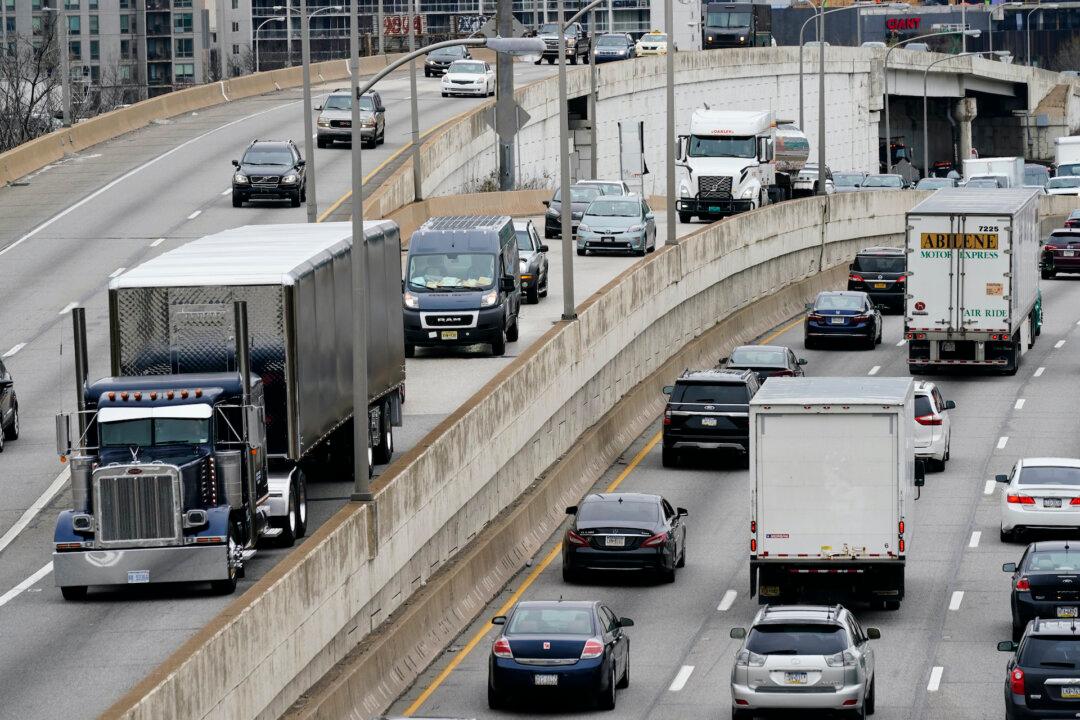Two U.S. safety agencies announced a new rule on June 22 that would require heavy trucks and buses to include automatic emergency braking systems within the next five years.
The proposed rule (pdf) by the National Highway Traffic Safety Administration (NHTSA) and Federal Motor Carrier Safety Administration (FMCSA) applies to new trucks and buses weighing at least 10,000 pounds and is expected to become final next year. The heaviest trucks—those over 26,000 pounds—will be required to install the braking system three years after the rule becomes final, while vehicles weighing between 10,000 and 26,000 pounds will have until 2028.




